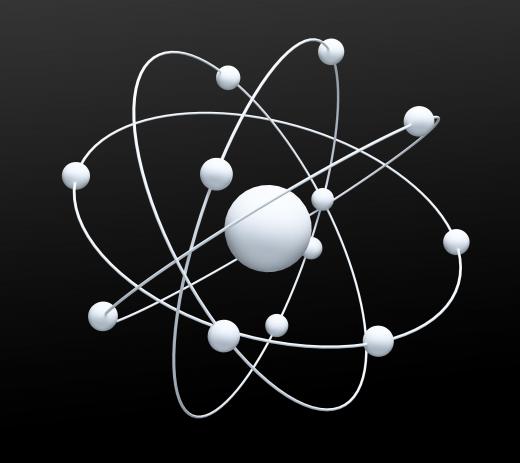What is Laser Cooling?
 Michael Anissimov
Michael Anissimov
Laser cooling is a method of slowing down atoms, and thus cooling them, using lasers. Typically we view lasers as heating things up, and they certainly do on macroscopic scales, but for individual atoms or small groups of atoms, they can be used for cooling. The coldest temperatures ever generated, less than half a billionth of a Kelvin (0.5 nanoKelvins) have been achieved by using a combination of laser cooling and evaporative cooling. These temperatures are achieved with tiny amounts of diffuse gases.
The primary mechanism by which laser cooling slows down atoms is by causing them to absorb and emit photons in random directions. As long as the velocity of the atom is greater than the recoil velocity of photon emission, the overall velocity is reduced. If you were floating on a hovercraft, moving a significant velocity in one direction, and randomly threw metallic balls off the hovercraft, eventually your velocity would slow down and your movements would entirely be dictated by the recoil effect of throwing the balls. That is how laser cooling works.

Laser cooling selectively targets atoms moving in certain directions and at certain speeds within the gas. By tuning the light to a specific frequency, just below the resonant frequency for the substance, the laser trap targets only those atoms moving towards it. This is due to the Doppler effect - when the atom is moving towards the source laser, the frequency of the light increases from the viewpoint of that atom. This is the same reason that the sound frequency varies as a train speeds past a stationary observer - the relative velocity between source and object manipulates the apparent frequency. For atoms not moving at that threshold velocity, they are transparent to the laser and therefore not affected by it.
When the apparent frequency of the light with respect to certain atoms in the laser cooling trap is just right, the atom absorbs the incoming photons, gets more energetic temporarily, then emits a photon. So atoms moving in a certain direction over a threshold velocity are selectively slowed down by the laser cooling device. By arranging the lasers in a 3-dimensional matrix, surrounding the diffuse gas, the atomic velocity in all three degrees of freedom can be dampened, leading to less atomic motion and therefore lower temperature. The gas must be diffuse to ensure that photons are not reabsorbed by adjacent atoms. Slowly manipulating the frequency of the laser can also be helpful, as it might require several stages of cooling to lower the gas to the desired temperature. Do it carefully, and maybe you'll get that research grant you've always wanted.
AS FEATURED ON:
AS FEATURED ON:











Discuss this Article
Post your comments